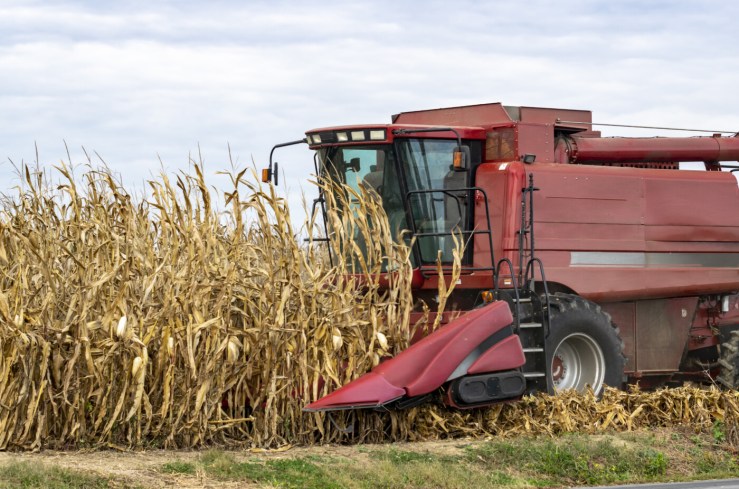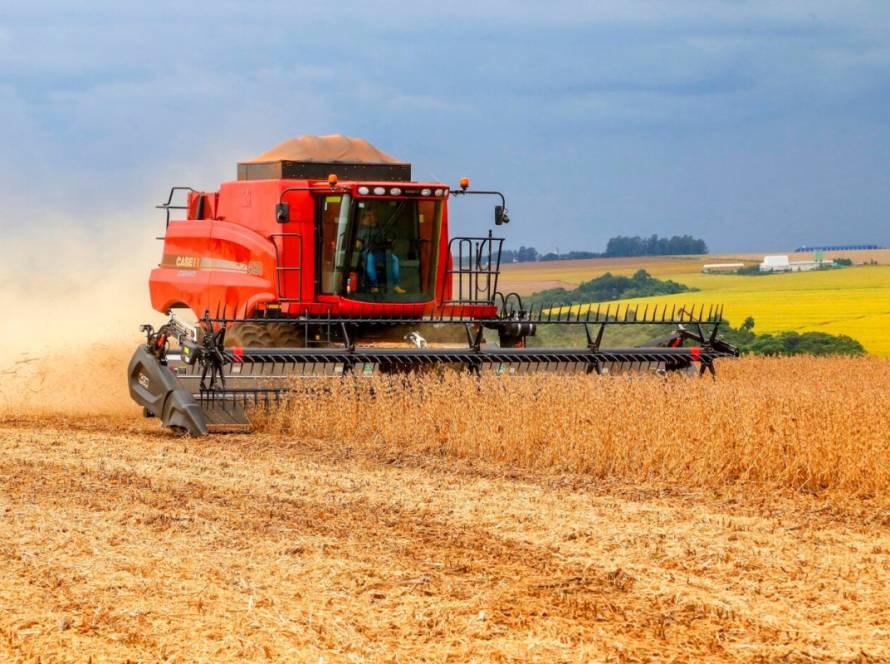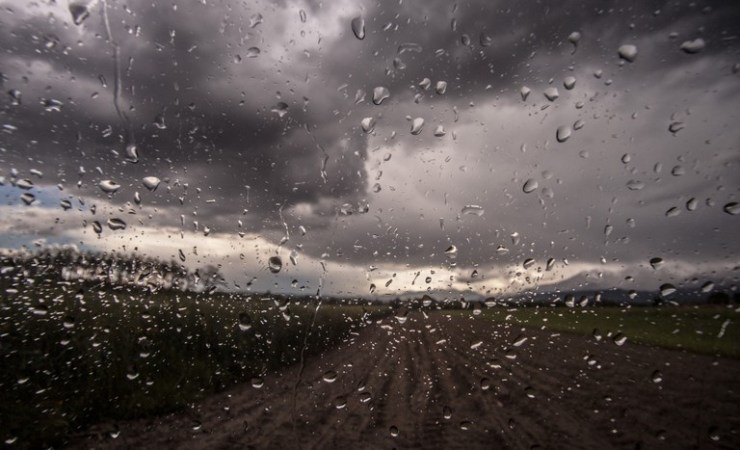The conditions announced in the 2025/2026 Harvest Plan, which bring higher interest rates for rural credit, have raised alarms among producers and entities in the sector. Credit is becoming inaccessible to a significant portion of farmers, a reality that is expected to worsen with the maintenance of the Selic rate at a high level and the complexity of the current fiscal transition.

Luiz Felipe Baggio: “When we have such a high real interest rate, the producer who depends on credit, even with better than average conditions, still faces an extremely high financial cost”
According to legal consultant and expert in succession planning and asset protection, Luiz Felipe Baggio, the problem goes beyond the immediate cost of financing. “A large part of Brazilian agribusiness operates on leverage. When we have such a high real interest rate, producers who depend on credit, even with better-than-average conditions, still face an extremely high financial cost,” he says.
For him, the impact is not limited to the current moment. “The increase in financial costs, in a period of tax transition, is much more sensitive. We are facing the implementation of the consumer reform, but also the expectation of changes in income tax, the Civil Code and the rules for the transfer of assets. All of this directly affects the operational cost and the attractiveness of investment in Brazil, which can put even more pressure on interest rates”, he explains.
According to Baggio, the combination of expensive credit and structural reforms could particularly compromise producers who are not prepared. “The tax reform will penalize those who operate with a high degree of leverage, which is the case for most agribusiness agents. The split payment model, for example, will require a reformulation of the business — with a review of contracts, cash flow, receipt and payment terms. Conventional legal advice is not enough: multidisciplinary planning is necessary,” he warns.
The expert emphasizes that agribusiness has already been facing financial challenges in recent years, but the current moment is even more critical. “Never has the financial logic of the activity had such a great weight from a tax perspective. The survival of producers, especially medium and large ones, will depend on their ability to disassociate themselves from the cost of money and operate more efficiently. The risk of decapitalization is real,” he emphasizes.

Luís Garcia: “The recent reduction in the volume of resources from the Safra Plan, accompanied by the increase in the respective interest rate, makes the catastrophic effects of the current government’s reckless fiscal policy even more evident” – Photos: Disclosure/Evoinc
This view is shared by business administrator and tax lawyer Luís Garcia. For him, the new Safra Plan exposes the effects of the fiscal policy adopted by the federal government. “The recent reduction in the volume of resources for the Safra Plan, accompanied by the increase in the respective interest rate, makes the catastrophic effects of the current government’s reckless fiscal policy even more evident. The visible cash flow problems further limit the investment capacity of a fundamental sector of the economy, generating unemployment, inflation and reducing future revenue. This is creating a vicious cycle leading to economic recession,” he explains.
Garcia also warns that, if the current IOF exemption on rural credit is reversed, the impact could be even greater, as it increases the cost of raising funds.





